Behind the scenes with Dolby Atmos at Ministry of Sound
Dolby has teamed up with Ministry of Sound to bring the Atmos sound format to a music environment. Could this be the future of clubbing?

Standing behind the DJ booth in the main room at Ministry of Sound, it’s easy to understand why so many DJs say it’s their favourite place to play. Even looking out to an empty dancefloor at 11am on a Friday morning, you can still feel the energy in the walls from the weekend before.
Twelve hours from now, it will begin all over again, with the club opening its doors to thousands of clubgoers over Friday and Saturday nights. It’s been doing this for 25 years now, standing the test of time unlike so many in its field and playing host to some of the biggest names in the world of dance music.
It has done so using one of the best clubbing soundsystems going – one we’ve taken an in depth look at before – and one which helped make it the ideal partner for Dolby’s latest Atmos experiment.
We say latest because Atmos has barely stood still since it launched as the soundtrack to Disney Pixar’s Brave just four years ago. The object-based sound format has since lent itself to more than 150 movies in 2100 screens worldwide and entered our living rooms in a range of home cinema set-ups – even phones and tablets now brag Atmos capabilities.
The next step
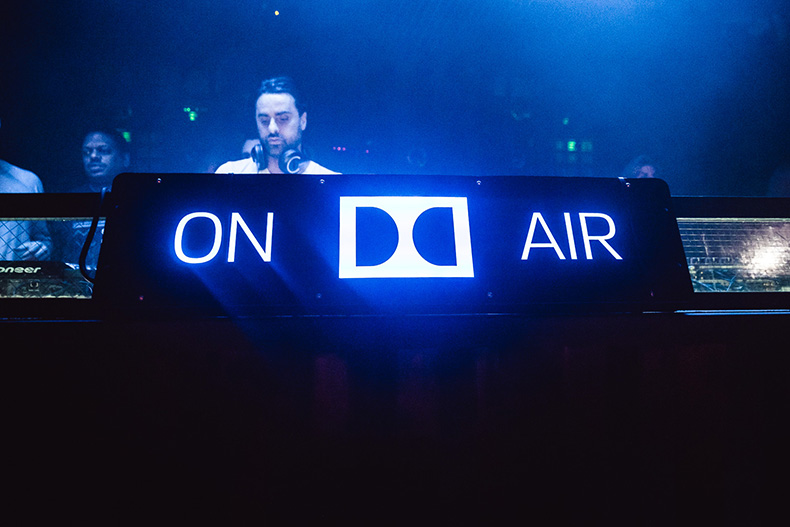
For a group of DJs and sound engineers who had been a part of the original Atmos cinema team, making the switch from movies to music seemed like the next logical step for the format.
Two years ago they set about making it happen, putting together a number of demo tracks as a side project to show the industry what was possible. The feedback they received was so positive that it convinced Dolby to free up the team to concentrate on the project full time, headed up by product manager and ex-sound engineer Gabriel Cory.
The result of those two years is Dolby Atmos DJ, and its first installation here at Ministry of Sound. It works in the same way as the cinema setup does, meaning an extra 16 Martin Audio speakers have been installed in the ceiling of The Box to carry overhead sounds, complementing the room’s six bespoke Martin Audio stacks. It takes the total number of speakers in the room to over 60 across 22 channels.
Get the What Hi-Fi? Newsletter
The latest hi-fi, home cinema and tech news, reviews, buying advice and deals, direct to your inbox.
“We have the six stacks, which already sound amazing, but we’ve then added the 16 speakers on top, which allow us to move sound above the audience to very specific locations,” explains Gabriel, who has flown in from San Francisco especially for this demo.
“We think of it as unlocking the speakers’ capabilities – each one can be addressed individually or at the same time with any element we mix.”
Nice stems
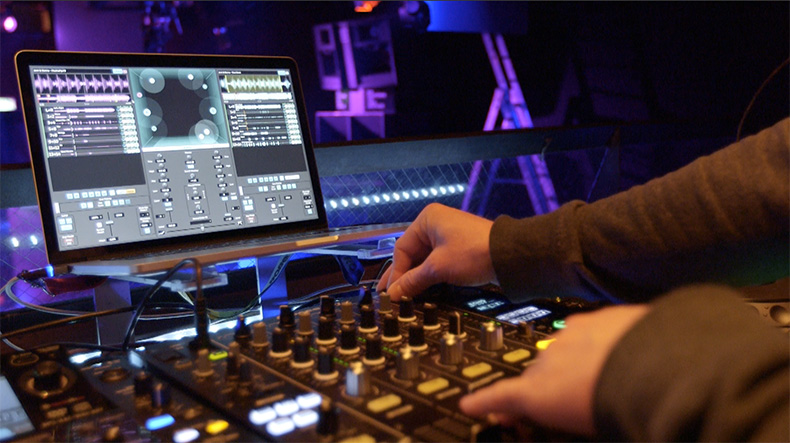
The process starts in the studio, with artists and producers pulling out ‘stems’ – individual parts of a track separated out so that they can then be manipulated within the 360-degree Atmos environment.
“Once we have the stems, we can decide what we want to keep in the stereo bed and what we want to make objects. And we call them objects because we can move them wherever we want.
“If there’s a speaker in the area you move a sound to, it’ll fire, but if there isn’t, it’ll go to the nearest one. That’s what is so flexible about Atmos – you can mix it for Ministry of Sound or mix it for your car in stereo. It will keep all of those different elements in place and downmix it to whatever environment you’re listening to.”
To make this happen, Dolby has developed a panner plug-in for DJ software ProTools that helps DJs to pick out stems and pre-program exactly how and where they want sound to move in the room.
This information is then output using one of Dolby’s cinema-grade render and mastering units (RMUs) and loaded into the Dolby Atmos DJ app – currently the only software able to read the new Atmos audio format.
Moving sound around the audience
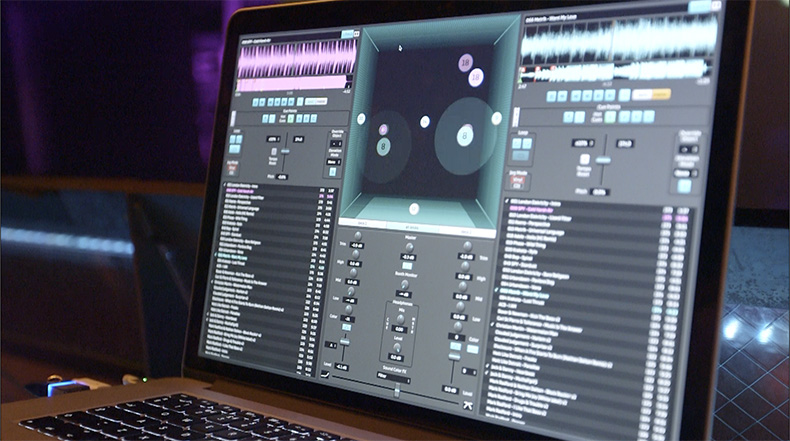
This app is running on a laptop sitting in front of Gabriel. It’s split into three sections – a song on either side, with an expandable list of stems underneath each, and in the middle, a visual representation of the room that shows you where the various stems (which appear as moving numbered circles, colour coded to their respective songs) are playing in real time.
The laptop is hooked up to Ministry’s industry-standard CDJ-2000 digital turntables and a DJM-900 mixer. Anything you do here is mimicked within the app, and vice versa.
“This means you don’t need the DJ app in front of you in order to perform,” explains Gabriel. “Some of the feedback we got back originally was that DJs don’t want to use a laptop because it puts a boundary between them and the audience. So you can have the DJ app off to the side to perform your set if you want - everything is mapped automatically to the CDJs.
“Some of the panning might have already been programmed in the studio, but what’s neat about our software is that you can still grab any one of the stems whenever you want and move it around the audience in real time.”
More impactful
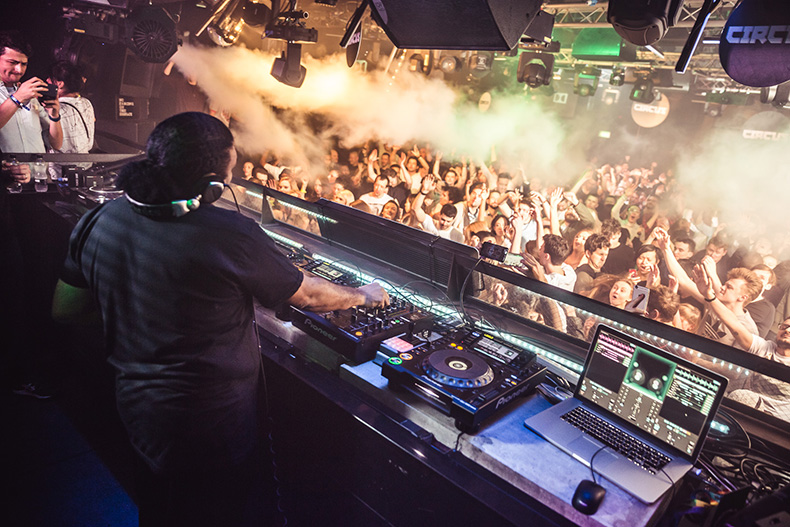
As for where sounds get placed and what works best, Gabriel says each DJ looks at the technology differently and this is what makes it so exciting.
“A lot of the time the bass and the drums will be kept in stereo or mono in the mix, but it’s the other things - the pads, the vocals, the effects, the uplifters, the drops - that are really great when you start to pan them around.
“Myself, I really enjoy using it for build-ups. When you have a build and some sort of uprising, it just adds to the momentum of that experience. So when the music drops it’s so much more impactful because the sound can hit you from all angles. And because we can individually address each speaker, you also get a high level of clarity. It really puts you inside the track for a wholly immersive experience.”
Sound and visuals connected
The audio experience is backed up by a new light installation, which tracks the sound as it moves across the room.
“The lighting is really important because it helps enforce that something different is going on. In a lot of venues you see 360-degree lighting, so what we’re offering is the first ever opportunity to have the sound and the visuals connected in an immersive way.”
After all this talking, it's about time we took to the dancefloor to experience it for ourselves, so Gabriel cues up an Atmos demo track to show us what it can do.
"Hello... my name is Atmos"
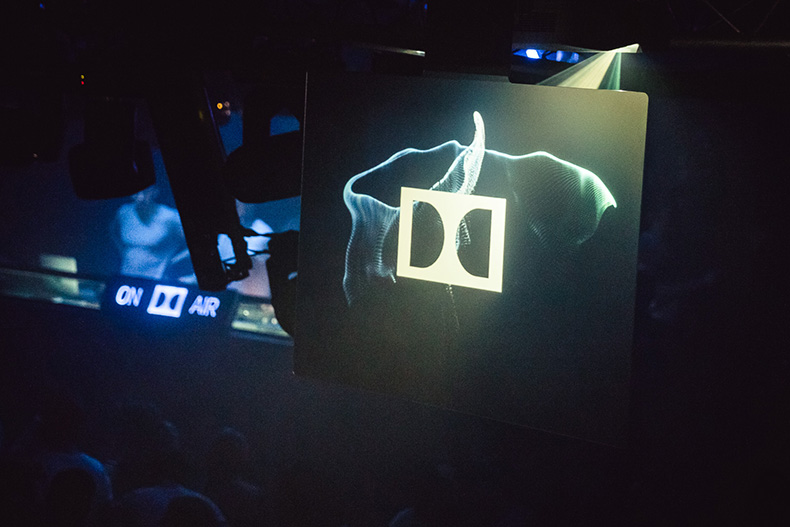
“Hello boys and girls,” a voice booms. “My name is Atmos”. A drum beat pans all around, and there's the sound of crickets fluttering overhead. A vocal track comes from the back of the room, up and over my head to sit at the front briefly, before it disappears to the back again.
It’s amazingly accurate, and you can pinpoint exactly where every sound is coming from, helped by the stunning level of clarity that Ministry’s sound system is so well known for.
A demo track made specifically to show off a system’s capabilities is always likely to be highly impressive, but we move on to a Atmos-mixed Flux Pavilion track, I Can’t Stop, and the experience is the same.
The bass track stays low and punches powerfully from all angles, while the vocal and synth tracks move around me freely and fluidly, swooping overhead and swirling to the left and right at will. The light show that trails their paths only adds to the experience and feeling of immersion.
The future of clubbing?
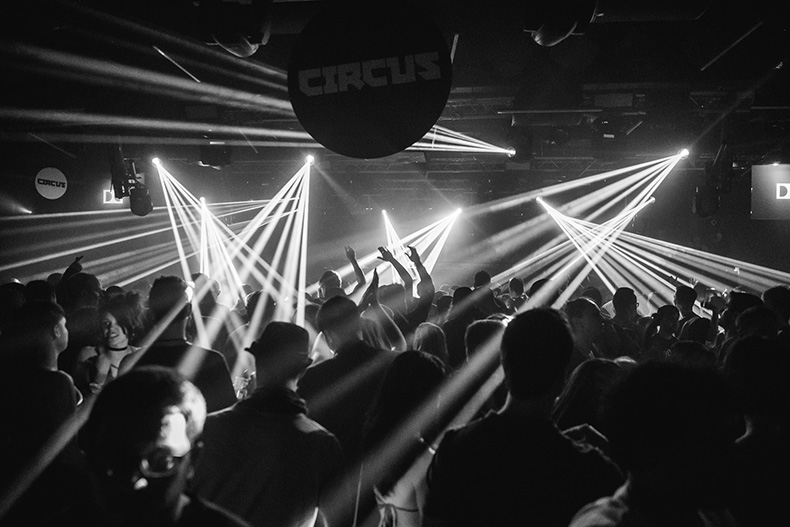
The Flux Pavilion track feels made for Atmos, but he isn’t the only DJ that’s been experimenting with the format. Ministry and Dolby have been working closely with a number of record labels and DJs, including London Elektricity and Yousef, to bring this experience to live audiences.
It has now held four Atmos-powered nights at the club and the reaction so far has been very positive indeed.
“Standing in the DJ booth, you can feel the energy,” says Gabriel. “The crowds have been very responsive and more interactive – you could tell they really like it. Especially for the build-ups. There are moments when people stop and look around in awe, then the drop comes and they lose their minds. It’s been amazing to see.”
As for the future of the technology, Dolby has a few plans up its sleeve, including some work on the controller for better compatibility and greater ease of use. As for Atmos being the future of clubbing, or even live music in general? Quite possibly, says Gabriel.
“This is just the first stage. We didn’t know what to expect here at Ministry of Sound but the response has been great. The DJs have loved the experience, the fans have loved the experience and I think this technology has a future. I’m excited to see where it goes.”
MORE: Dolby Atmos: What is it? How can you get it?
To hear Dolby Atmos in action at Ministry of Sound, head over to the club's event page for more information.
Verity is a freelance technology journalist and former Multimedia Editor at What Hi-Fi?.
Having chalked up more than 15 years in the industry, she has covered the highs and lows across the breadth of consumer tech, sometimes travelling to the other side of the world to do so. With a specialism in audio and TV, however, it means she's managed to spend a lot of time watching films and listening to music in the name of "work".
You'll occasionally catch her on BBC Radio commenting on the latest tech news stories, and always find her in the living room, tweaking terrible TV settings at parties.

